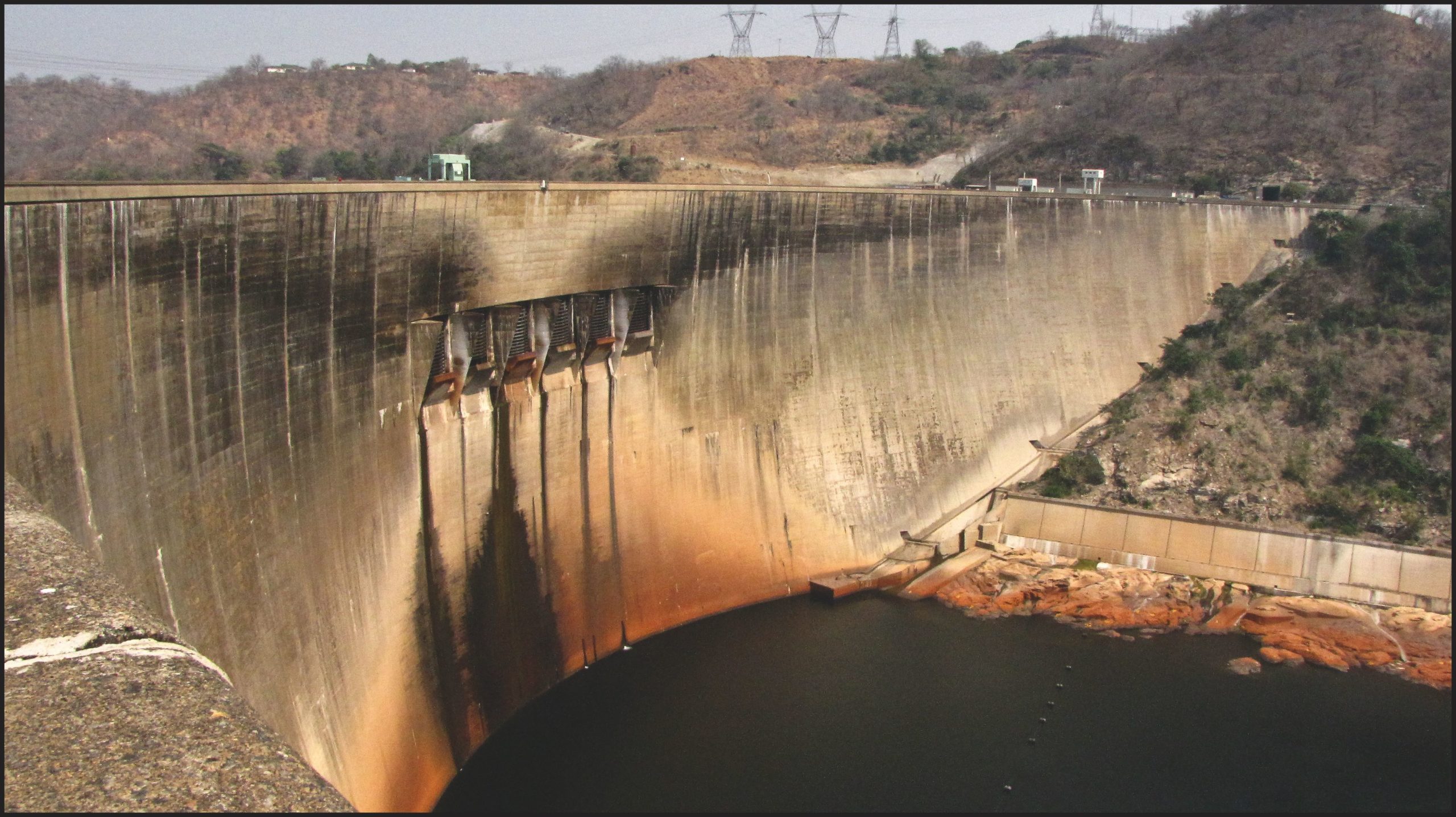Last week, the Climate Bonds Initiative (CBI) announced their approval of a new bond certification scheme for hydropower.1 This represents an unfortunate setback for the climate and for meaningful efforts to address the climate crisis. As our written submissions into the process pointed out,2 the CBI hydropower standard will generate no tangible climate benefit and instead will permit business-as-usual practice to count toward the Paris climate commitments.
Throughout the process, the CBI and its working group members failed to meaningfully respond to the issues raised by 276 civil society organizations who expressed their fundamental concerns over the CBI’s approach. In fact, the process suffered from a significant lack of effort to include voices from countries where adverse environmental and social impacts of hydropower expansion are felt most acutely. By all indications, this will be the case for projects approved under the CBI certification scheme, which will rely on weak, desk-based assessment tools produced by the hydropower industry that amount to little more than a box-ticking exercise.
Ultimately, the real beneficiary of the CBI scheme is the hydropower industry, whose business has been in steady decline for years in the face of cheaper alternatives and the growing recognition that most dams are not viable economically. The International Hydropower Association (IHA) has been at pains to market itself as climate-friendly, despite all evidence to the contrary, in a bid to reverse the industry’s flagging fortunes. The Climate Bonds Initiative may have calculated that it stands to benefit from its new hydro standard, but it can’t escape the fact that hydropower represents a false solution and will only distract us from making true progress in addressing the climate crisis.
1. The Climate Bonds Initiative is a UK-based entity that channels private finance toward addressing climate change by developing industry certification standards. To be certified under CBI, projects would have to meet CBI’s sector criteria.
2. The final version of the CBI hydropower criteria introduced a lower GHG threshold for new projects than originally proposed, but even this decreased threshold is nearly twice the average GHG footprint for hydropower projects.
Featured image: The Kariba Dam blocks the Zambezi River | Photo by Joe McKenna.

